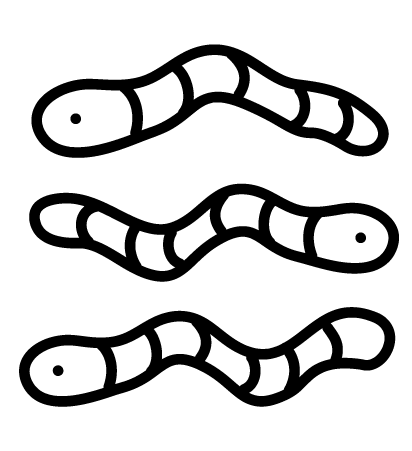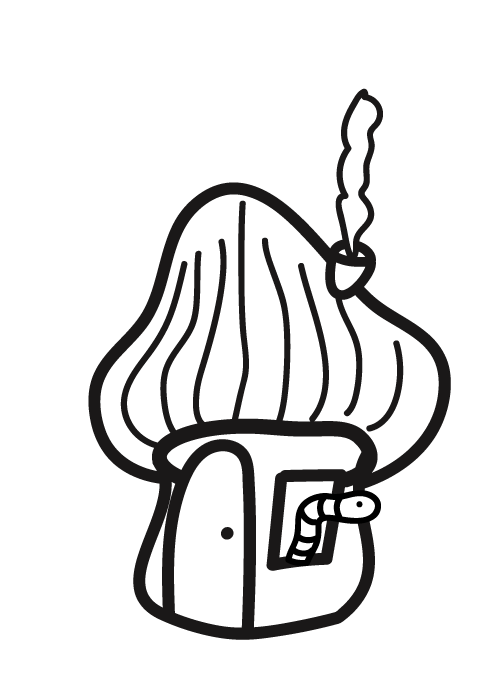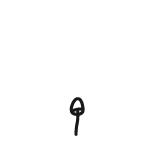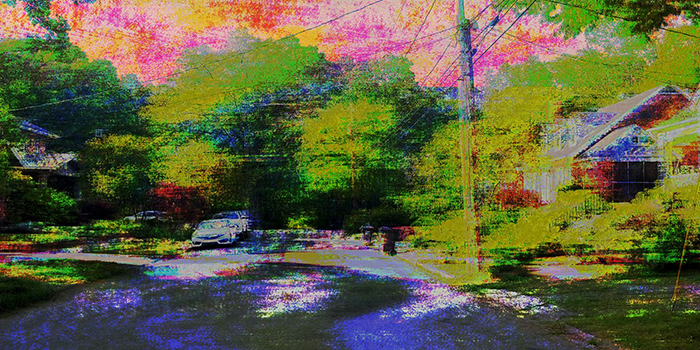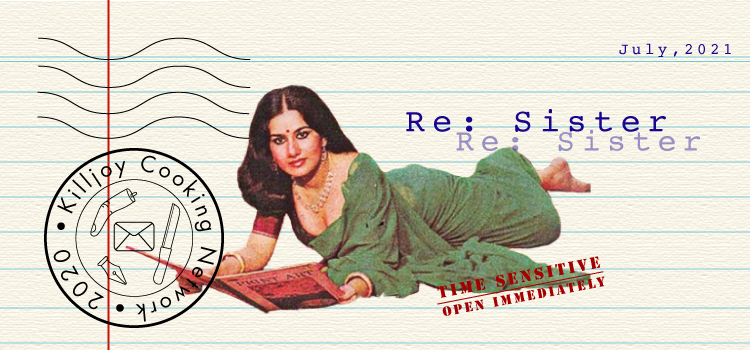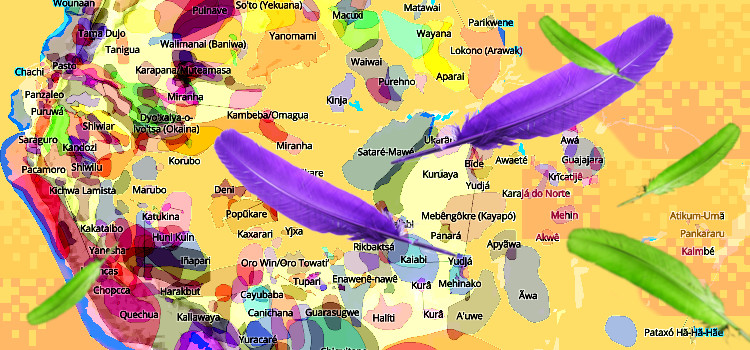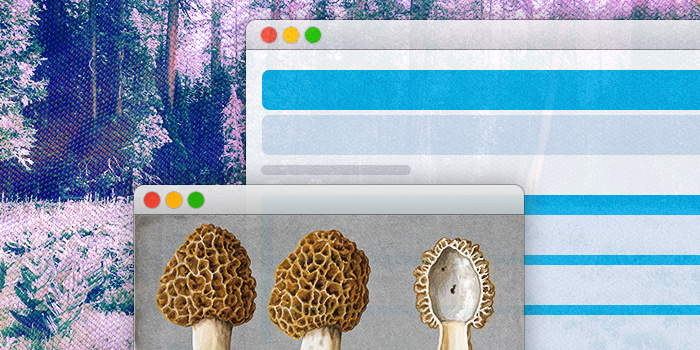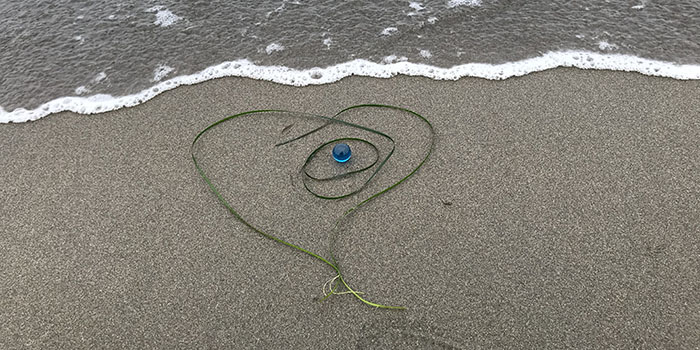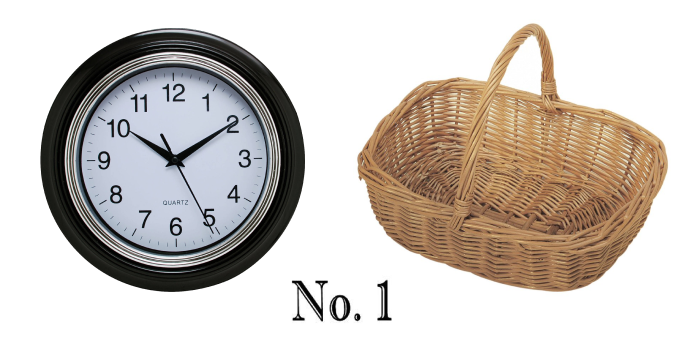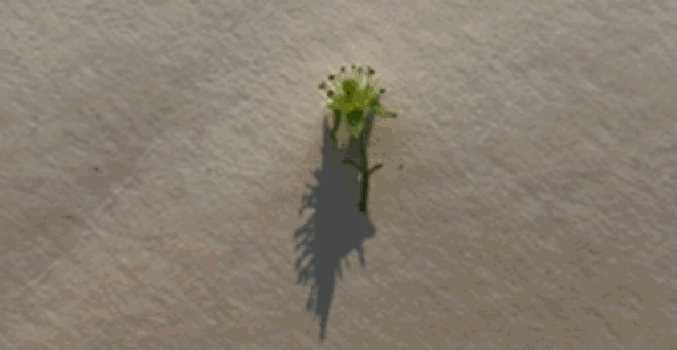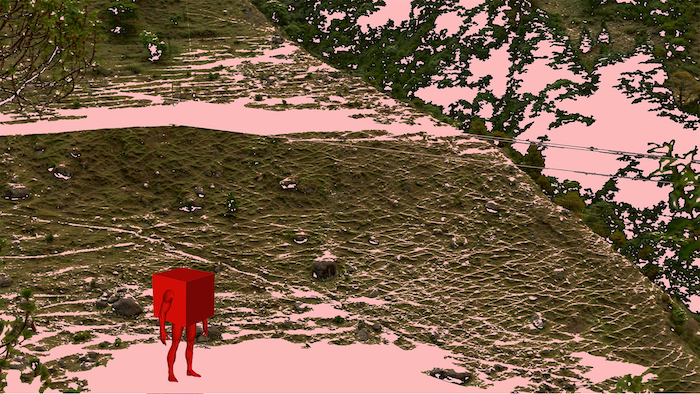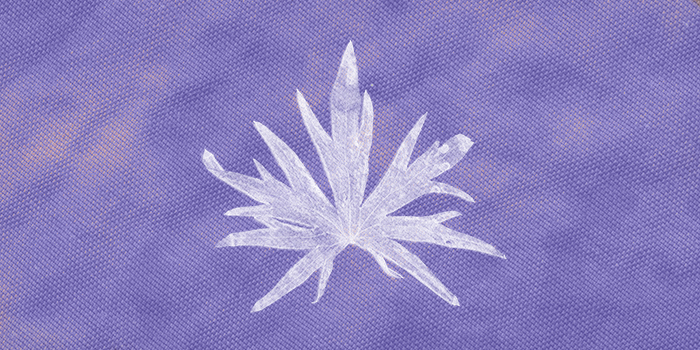Logging Off
In the new year, you feel optimistic and hopeful enough to write out some resolutions for yourself. First, you make a long list of things you’d like to forage this year. You think about friends you want to stay in touch with. You think about the forum — a bit wistfully — and write down the resolution: Live offline, not online.
In February, an old friend comes into town. He’s never visited the area, so you throw yourself into being a tour guide. You take Friday off work to take him to your favorite taqueria, the indie bookstore with the best sci-fi selection, the dive bar where the bartender has started to recognize you. “You seem really settled here,” he says, and you hold this thought close for the rest of the evening.
On Saturday you meet at midday for a slow, gentle hike in the spring light. When you move into the chaparral you point out the white, four-petaled blooms brushing against your shins. Cardamine californica, also known as milkmaid flowers. “These are usually the first flowers to bloom,” you say, and sweep your hand to point out the other flowers peppering the slope.
“You weren’t a big nature person before,” he says. “How do you know the names of everything?”
And so you end up explaining the forum to your friend, the forum that by now seems like a foreign country: a place you passed in and out of, a place that has likely forgotten you at this point. There were always users who stopped posting, you remember now. You’ve become one of them.
“Do you still keep up with anyone?”
“Yeah,” you say. “My friend Daniella.” You hesitate, and then say: “I think you two would get along.”
It’s a new thing for you, introducing your friends to each other. You are relieved when they hit it off. It helps that, when Daniella arrives at the bar, she is more at ease than the last time you saw her.
“I emailed my old advisor last week,” she says. “I want to go back and continue my research. We’ll see what she says.” She doesn’t sound nervous; her voice is light, relaxed.
“That’s great,” you say, while your friend murmurs something congratulatory, waiting for an explanation.
“Climate change modeling,” she explains. “Which is very depressing, as I’m sure you can imagine. But I feel more — not hopeful, exactly. But activated. Like there’s something worth doing.”
“What would that be?” you ask. It’s a Saturday night and the bar is crammed with people. You lean closer, straining to hear her.
“I used to think of my work as about preserving the world we had, and now I feel like the task is so much bigger. It’s also excavating the past and all the cruelties that brought us here.” She looks at you, and when you nod she rushes on, sustained by the encouragement. “It feels impossible to solve climate change the way we’re going about it now. We’re erasing other ways of living, ways that didn’t see the earth as a commodity to parcel out and desecrate. We have to move forward with the world we have, but maybe with greater — ” she searches for a word, falters, falls silent.
“Humility, maybe,” your friend says, “Not controlling the land. Maybe stewarding it.”
“Yes,” she says. “Right now it feels like a different world is possible. I’m not sure what it looks like. And maybe this is delusional, maybe I’ll feel depressed again in a few months. Who knows?”
But the idea of anticipating the future, and not just fearing it, lingers in the air. It’s hard to feel despairing tonight; you feel caught up in a communal sense of optimism. The feeling of spring, you think, or maybe it’s the second, third, and fourth drink. You are tipsy by the time you get home.
You slip into the kitchen and get a glass of water, moving slowly around your apartment and packing a bag for tomorrow. You are taking Alice on her very first foraging trip, and you consider what’s growing at this time of year. Morels are a good first mushroom, you decide.
The end.
Celine Nguyen is a designer, design historian, and writer. She is an MA student in History of Design at the V&A Museum/Royal College of Art, where her research considers contemporary web aesthetics and their relationship to our ecological world. Right now, she wants to know: what does degrowth look like for the web?
